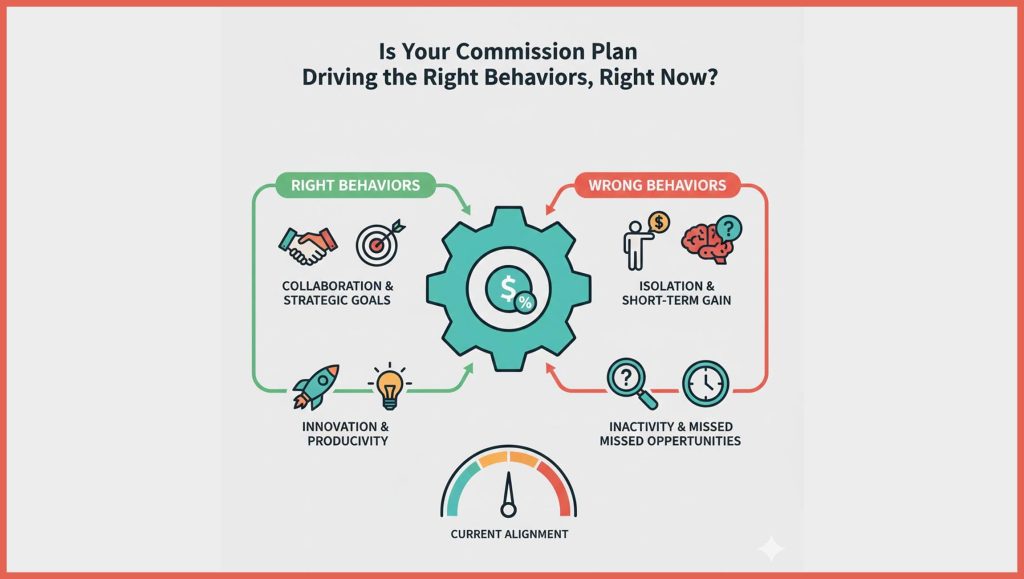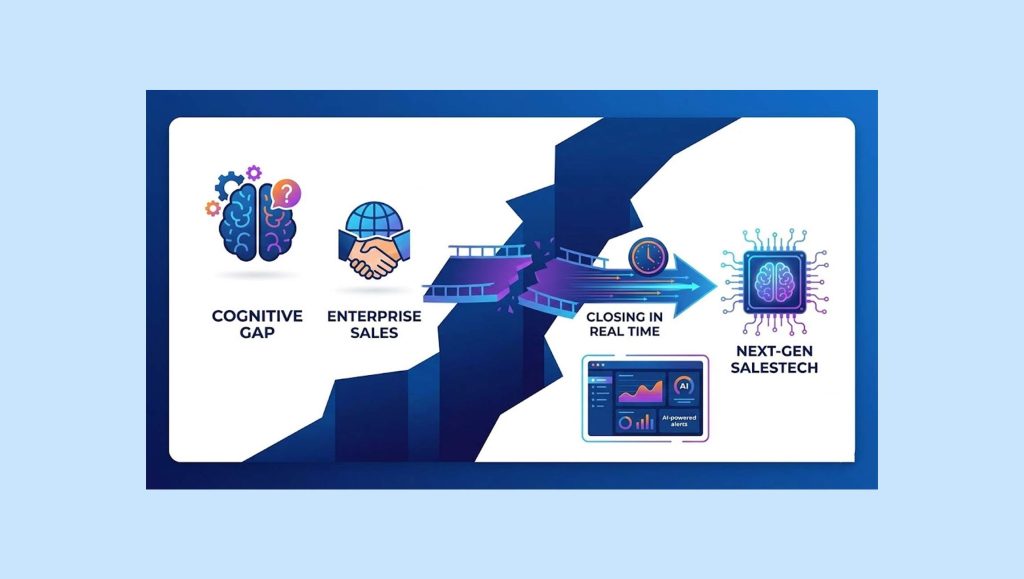- 10 Percent of Digital Orders During the Holiday Season Were Powered by Artificial Intelligence
- Brands and Retailers Offering Click and Collect Saw 56 Percent More Active Shoppers in the Last Five Days Leading up to Christmas and 18 Percent More Digital Revenue Share After the Shipping Cutoff
Salesforce, the global leader in CRM, released its 2019 Holiday Shopping Report, revealing the trends, data and insights brands and retailers need to prepare for the 2020 holiday shopping season. Overall, Salesforce data shows an 8 percent increase in digital spend over the 2019 shopping season, with $723 billion in digital revenue worldwide.
Read More: WP Engine Appoints Ramadass Prabhakar Senior Vice President Of Global Engineering
Top Salesforce 2019 Holiday Shopping Insights
For the report, Salesforce combined insights on the activities of hundreds of millions of global shoppers across more than 30 countries powered by Commerce Cloud, billions of consumer engagements powered by Marketing Cloud, and millions of customer service cases viewed in Service Cloud between November 1 and December 31, 2019. This season’s top retail highlights and trends include:
- Brands push consumers to start holiday shopping early: With a later Thanksgiving and shortened holiday selling season, retailers made every day count pushing out discounts and promotions earlier than ever. Early marketing activity was a success in generating buzz the week leading up to Cyber Week with digital traffic growing 13 percent over the same period in 2018. Shoppers filled their online baskets but waited for Cyber Week to place their orders, with digital orders up 9 percent over the same 2018 period.
- AI eliminates guesswork for shoppers: AI-powered search and product recommendations drove additional revenue for retailers this holiday season, as 10 percent of digital orders and 5 percent of digital revenue came from AI-powered recommendations.
- Cyber Week 2019 broke records: Cyber Week 2019 was one for the record books, with global digital revenue growing 15 percent to $143 billion. Black Friday continued to be the number one global digital shopping day and in the U.S. it continued to pull revenue away from Cyber Monday. Across the globe, Thanksgiving Day emerged as a major shopping event with sales growing 24 percent year-over-year to $20 billion—proving once again that shoppers are going to act when it’s best for them.
- Early season buying frenzy leads to late season softness: Digital revenues fell 27 percent year-over-year during the week leading up to Christmas. This was likely due to a smoothing out of demand throughout the year—from shoppers buying gifts as early as the summer to take advantage of manufactured holidays or going into physical stores on the cusp of the shipping cutoff date to avoid hassles with delivery.
Read More: Coveo For Commerce Transforms The Way Businesses Sell Online
- Retailers with click and collect win later in the season: Despite the softness in late season buying, retailers offering click and collect saw big gains as shoppers scrambled to complete their last minute holiday purchases. Retailers offering this capability on their ecommerce sites saw 56 percent more active digital shoppers—someone who uses a site search, adds a product to cart, starts a checkout or completes a transaction—in the last five days of the season. Additionally, those retailers also collected 18 percent more digital revenue share after the shipping cutoff.
- Mobile reigns victorious: The year 2019 ended with mobile being the number one device driving digital traffic and orders. To put that into context, the decade began with mobile driving very little digital traffic or orders. This holiday season, peak days like Christmas saw up to 80 percent of digital traffic and 65 percent of digital orders come through a mobile device.
“Throughout the 2019 holiday shopping season, retailers saw success with mobile commerce, store pick up and personalization via artificial intelligence and social engagement, removing friction in the ways shoppers browsed and purchased,” said Rob Garf, VP, Industry Strategy for Retail, Salesforce. “Mobile certainly catered to people on the go this holiday season and in 2020 brands should be looking for ways to integrate this experience into physical stores for a true omnichannel shopping journey.”
Read More: Aytm Turns Ten And Celebrates Record Growth






















